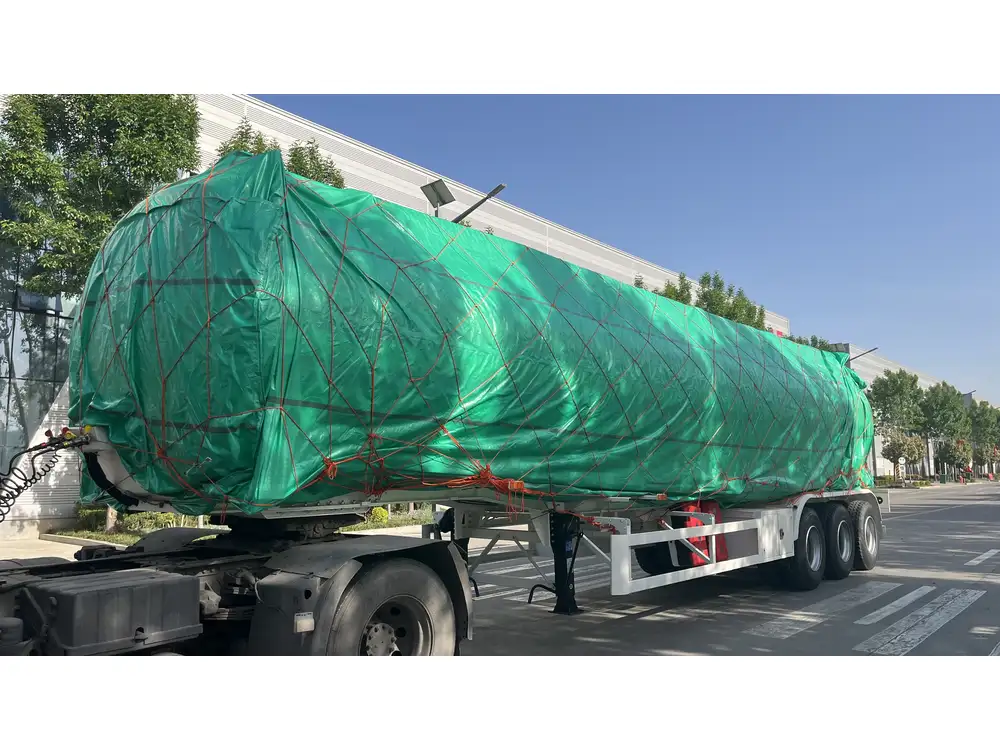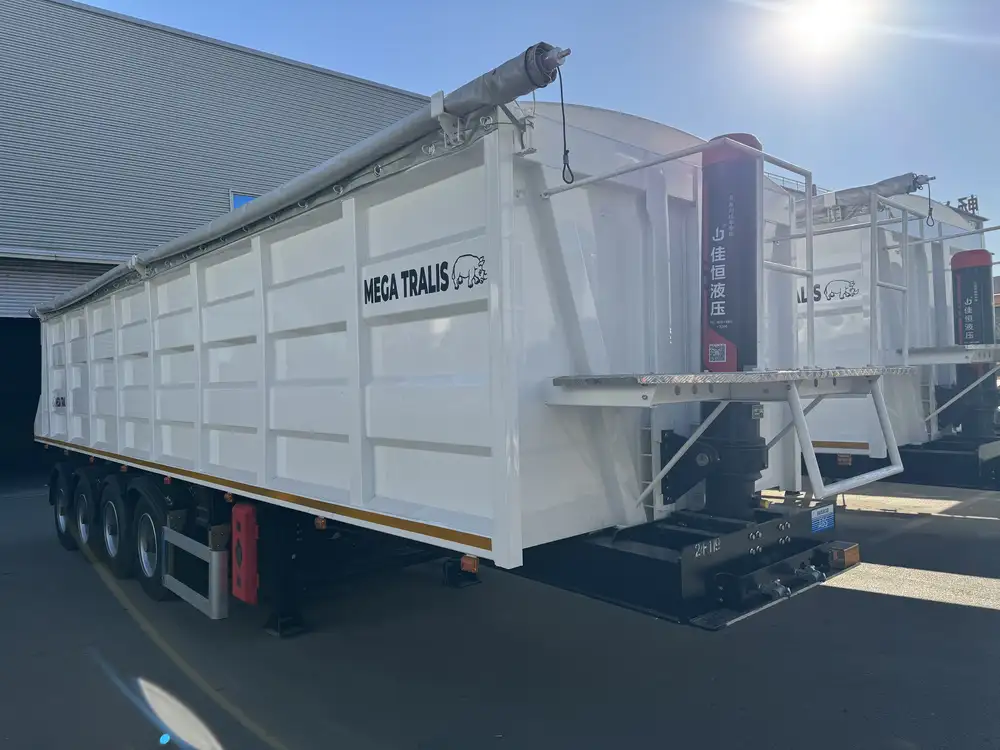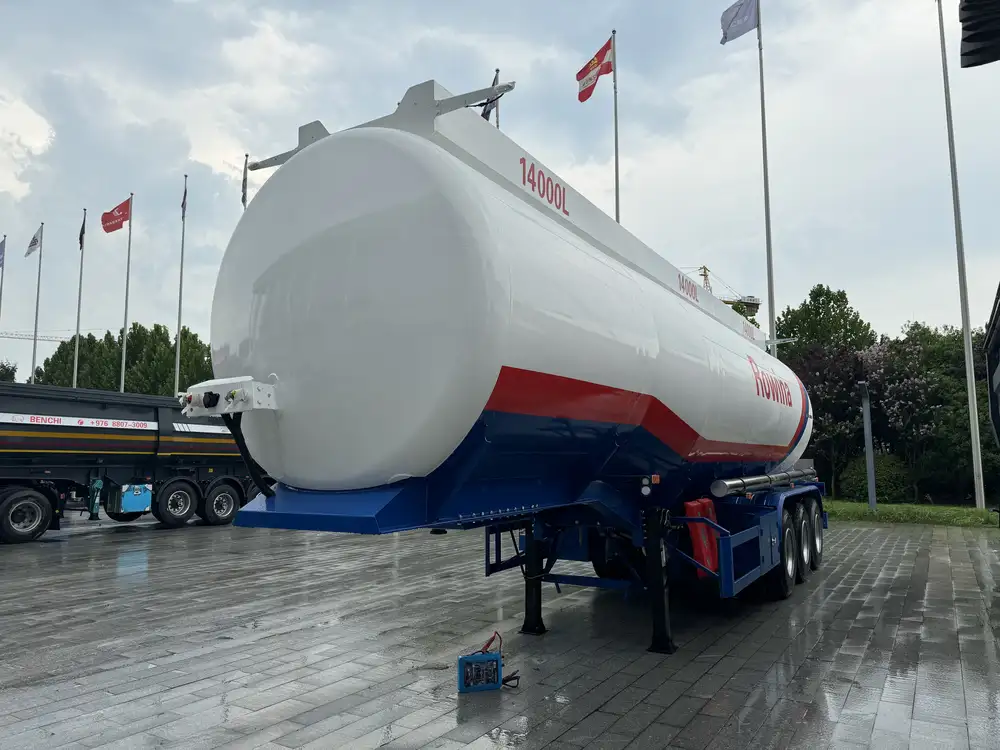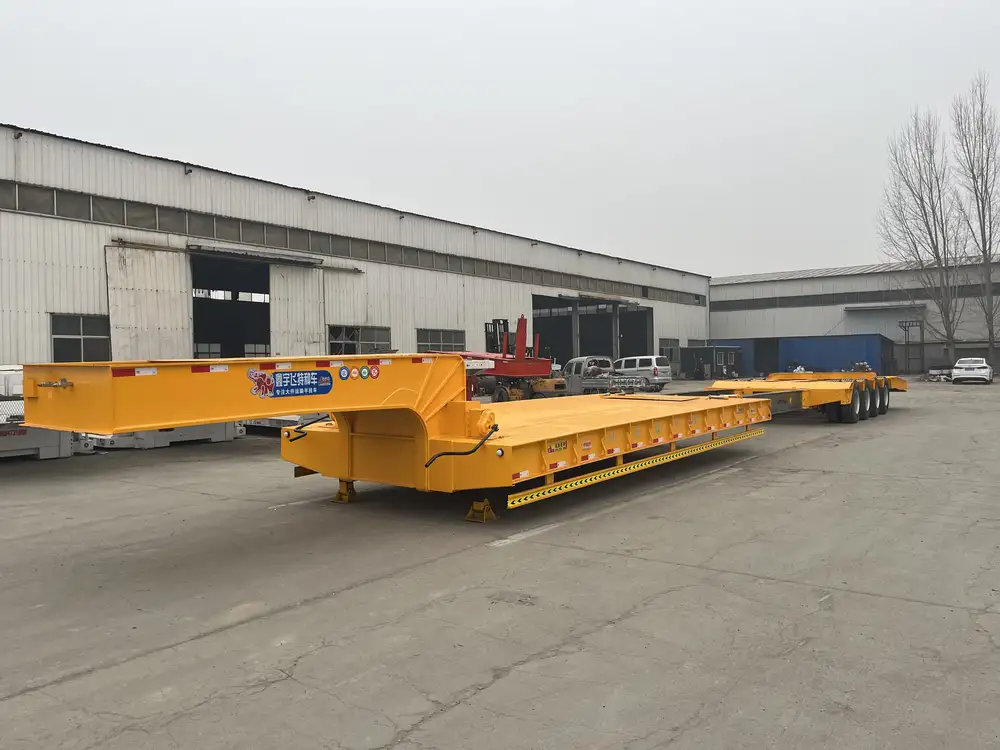In the transportation and logistics industry, the term “semi” often conjures images of massive trucks hauling freight across vast terrains. However, the phrase “semi running with no trailer” introduces a different context that requires exploration. This article delves into the implications of a semi-truck operating without a trailer, the reasons behind such a scenario, and the broader impact on logistics and transportation efficiency.
Table of Contents
- Defining the Semi-Truck
- Understanding the Concept of No Trailer
- Reasons for Operating a Semi with No Trailer
- Legal Considerations
- Impact on Logistics and Transportation
- Safety and Operational Risks
- Comparative Analysis: Semi with vs. without Trailer
- Conclusion
Defining the Semi-Truck
A semi-truck, also known as a semi-trailer truck or articulated lorry, consists of two main components: the tractor unit (the front part that houses the engine and the cab) and the semi-trailer (the rear part that carries the cargo). This design helps to improve maneuverability, weight distribution, and overall efficiency. Semi-trucks are essential for long-distance freight transport, making them ubiquitous in the logistics sector.

Understanding the Concept of No Trailer
When discussing a semi running without a trailer, we are referring to a scenario where the tractor unit operates independently, either empty or transporting light loads. This concept might sound unusual in the typical freight transportation paradigm, yet it occurs more frequently than one might assume.
Key Points of Operation Without a Trailer:
- Isolation of the Tractor Unit: The semi-truck operates solo, which can simplify some aspects of transit.
- Reduced Weight: Without the trailer, the overall weight is significantly lower, potentially increasing fuel efficiency.
- Flexibility in Movement: The absence of a trailer may provide enhanced agility, allowing the driver to navigate tighter spaces with ease.
Reasons for Operating a Semi with No Trailer
One might naturally question the rationale behind operating a semi-truck without a trailer. Here are several scenarios where this occurs:
Maintenance and Repairs: Vehicles may be driven without trailers while undergoing servicing. Transporting the truck to a mechanic or a dealership ensures it is kept operational.
Operator Training: New drivers often practice maneuvering the tractor unit independently to become accustomed to handling the vehicle before adding the complexity of a trailer.
Quicker Deliveries: Sometimes, drivers may return to their base without cargo, particularly if they’ve completed a delivery and need to reload. This situation often arises in regional hauls where intra-city transport does not always require a full trailer.
Relocation Transport: Companies may need to reposition their fleet or move trucks between terminals, necessitating a tractor-only journey.
Urgent Pickups: When otherwise scheduled pickups change unexpectedly, drivers might need to drive the tractor empty to pick up an urgently needed load.
Logistical Errors: Occasionally, logistical planning mishaps can result in the need for a tractor to operate without a trailer temporarily.

Legal Considerations
Understanding the legal landscape surrounding semi-trucks operating without trailers is crucial for compliance and safety. Various regulatory standards must be observed, such as:
Weight Limits: Different jurisdictions impose weight limits on trucks. While a tractor running solo is lighter, it is essential to ensure compliance with local regulations as some areas may enforce specific limits.
Licensing Requirements: Drivers must possess the appropriate commercial driver’s license (CDL) despite the absence of a trailer.
Insurance Coverage: Ensuring adequate insurance coverage for the vehicle, regardless of its operational status, is vital for protecting against liability and loss.
Impact on Logistics and Transportation
The implications of a semi-truck running without a trailer stretch across various facets of logistics and transportation. Here are several critical areas impacted:
Fuel Efficiency
Operating a semi-truck without a trailer can enhance fuel efficiency significantly due to the reduced weight and aerodynamic drag. In the long haul, this can contribute to cost savings both in maintenance and fuel expenditures.

Travel Time
The maneuverability of a tractor-only semi allows for quicker travel in congested urban settings or busy industrial zones. This increase in agility helps in meeting tight delivery timelines and responding to urgent logistical needs.
Scheduling and Fleet Management
Companies often need to consider the strategic deployment of their fleet. Having some units operational without trailers can free up resources for urgent deliveries, optimizing fleet usage.
Economic Considerations
Goods transportation contributes significantly to economies. Trucks that can operate without trailers can serve as backup resources and add resilience to supply chains.

Safety and Operational Risks
Despite the flexibility and efficiency associated with semi-trucks operating alone, there are inherent safety risks to consider:
Increased Risk of Accidents: While the reduced size may enhance maneuverability, it can also lead to miscalculation in tight spots or intersections.
Driver Fatigue: Running a truck, whether empty or loaded, can lead to fatigue. Drivers must adhere to hours-of-service regulations to mitigate risks associated with fatigue.
Unexpected Loads: There can be unseen operational issues if drivers abruptly take on additional loads without proper preparation, leading to potential safety hazards.
Comparative Analysis: Semi with vs. without Trailer
To illustrate the operational differences between a semi running with a trailer and one without, consider the following comparison:
| Aspect | Semi with Trailer | Semi without Trailer |
|---|---|---|
| Weight | Heavier, dependent on cargo load | Lighter, improving fuel efficiency |
| Maneuverability | Limited in tight spots | Enhanced agility and flexibility |
| Fuel Consumption | Higher due to added weight | Lower, resulting from reduced drag |
| Loading/Unloading Time | Longer due to coupling and uncoupling | Quicker, as there’s no trailer involved |
| Regulatory Compliance | Requires adherence to specific regulations | Subject to different but still relevant regulations |
| Operational Use Cases | Freight transport, long hauls | Maintenance, training, etc. |
Conclusion
The concept of a semi-truck operating without a trailer presents a multifaceted discussion encompassing operational efficiency, safety considerations, and logistical implications. While standard practice favors loaded vehicles on the road, understanding the scenarios, regulations, and impacts of running a semi solo is vital for those in the transport sector.
Drivers and fleet managers must navigate this landscape with an eye towards compliance, efficiency, and safety, ensuring that they maximize their operational potential across the board. As such, the question of what constitutes a semi running with no trailer is not merely one of semantics; it is a critical conversation within the broader dialogue on transportation logistics.
With this comprehensive perspective, we provide valuable insights that can support better decision-making, increased operational efficacy, and a well-regulated industry.



